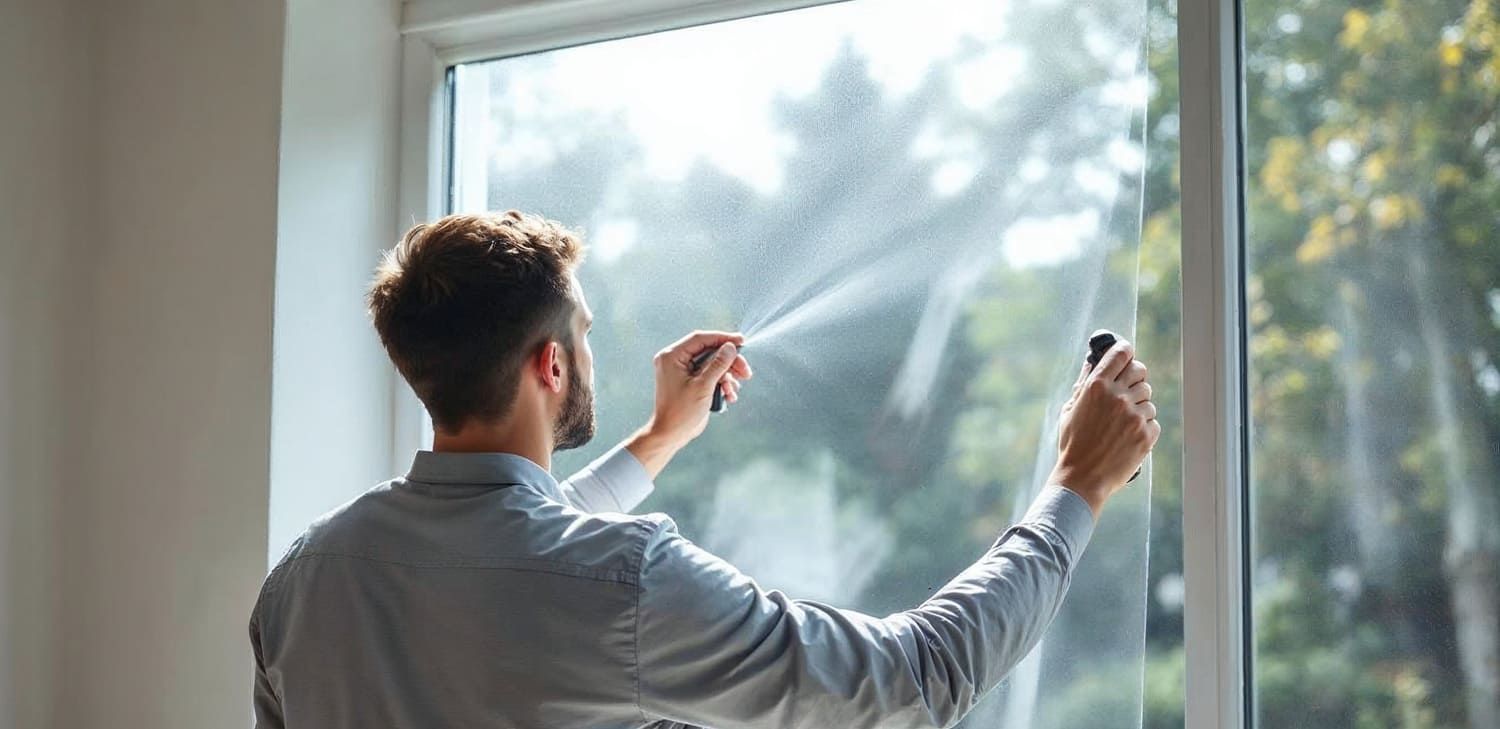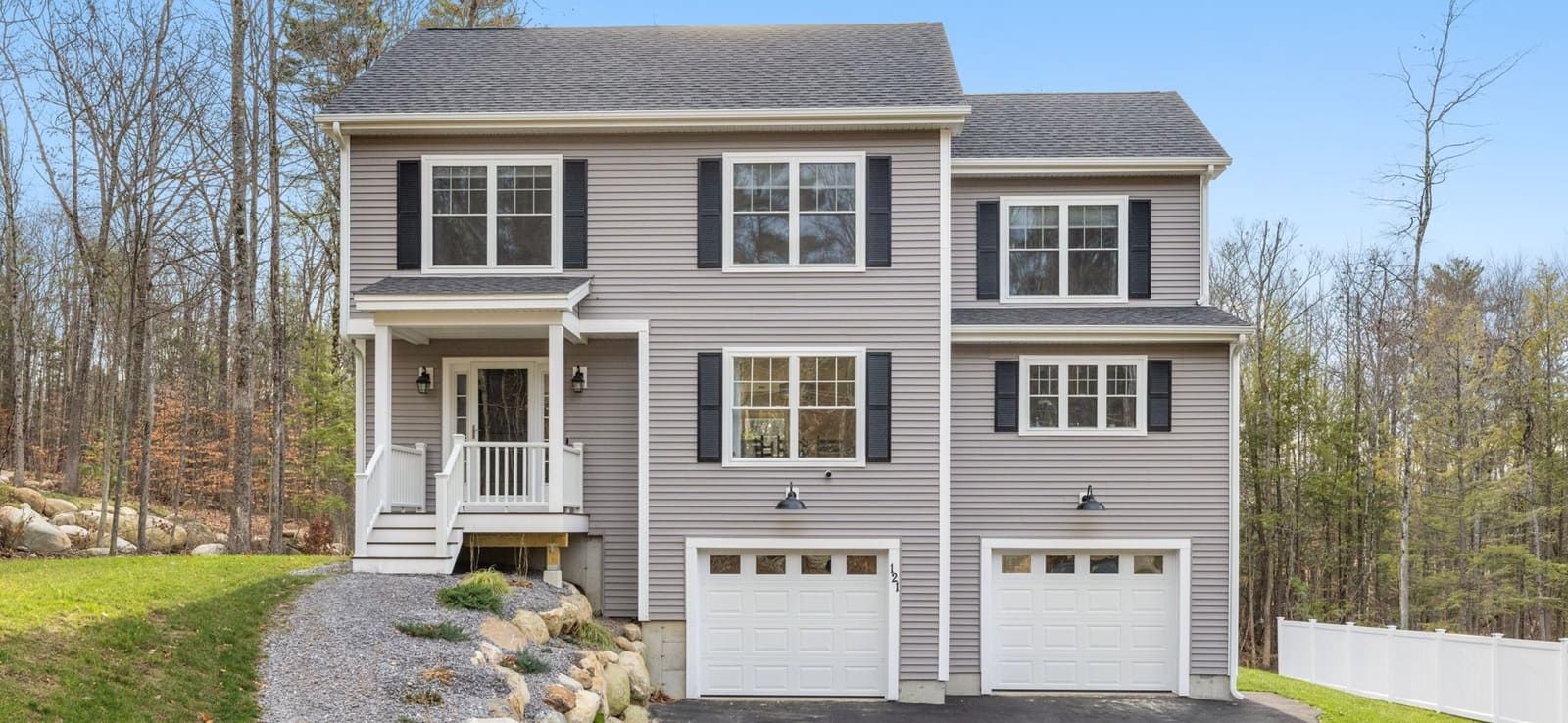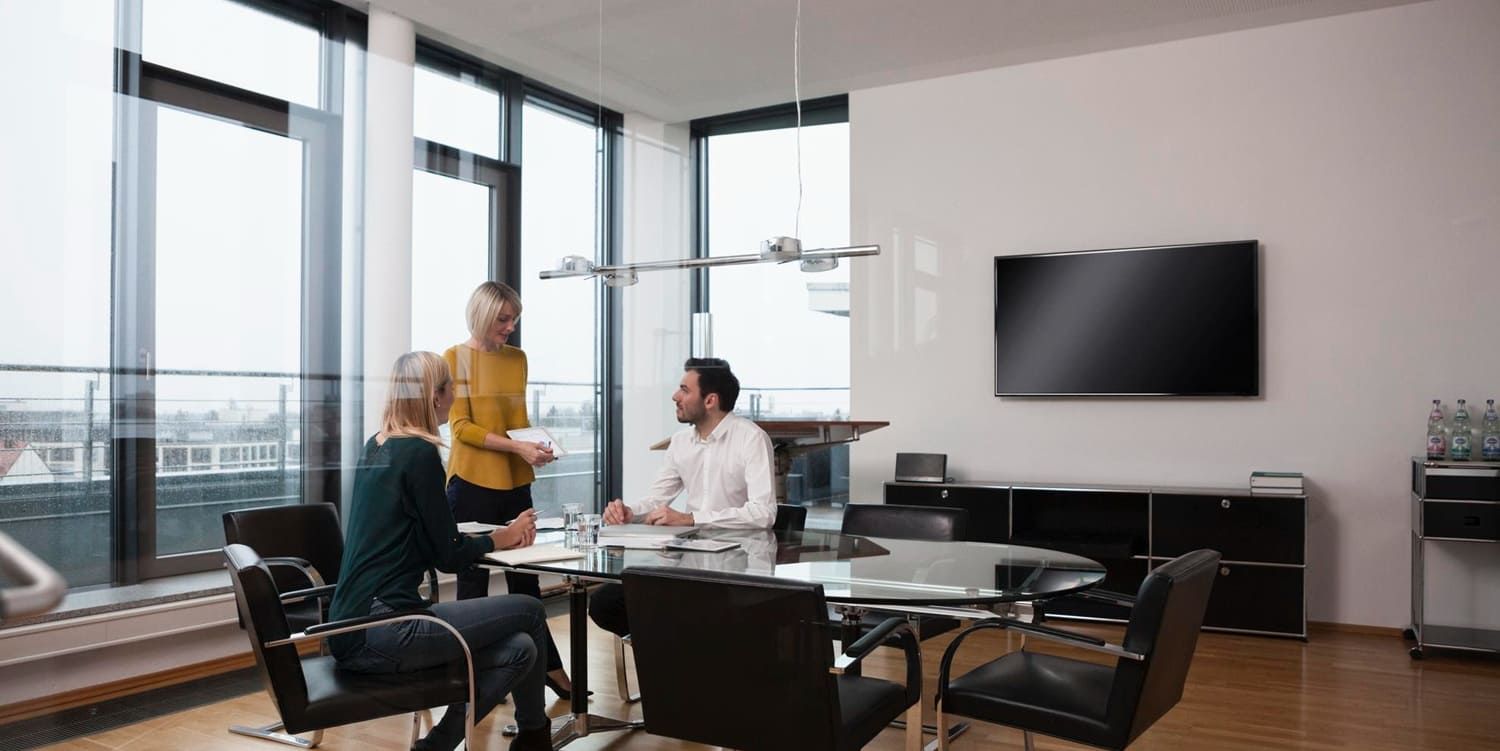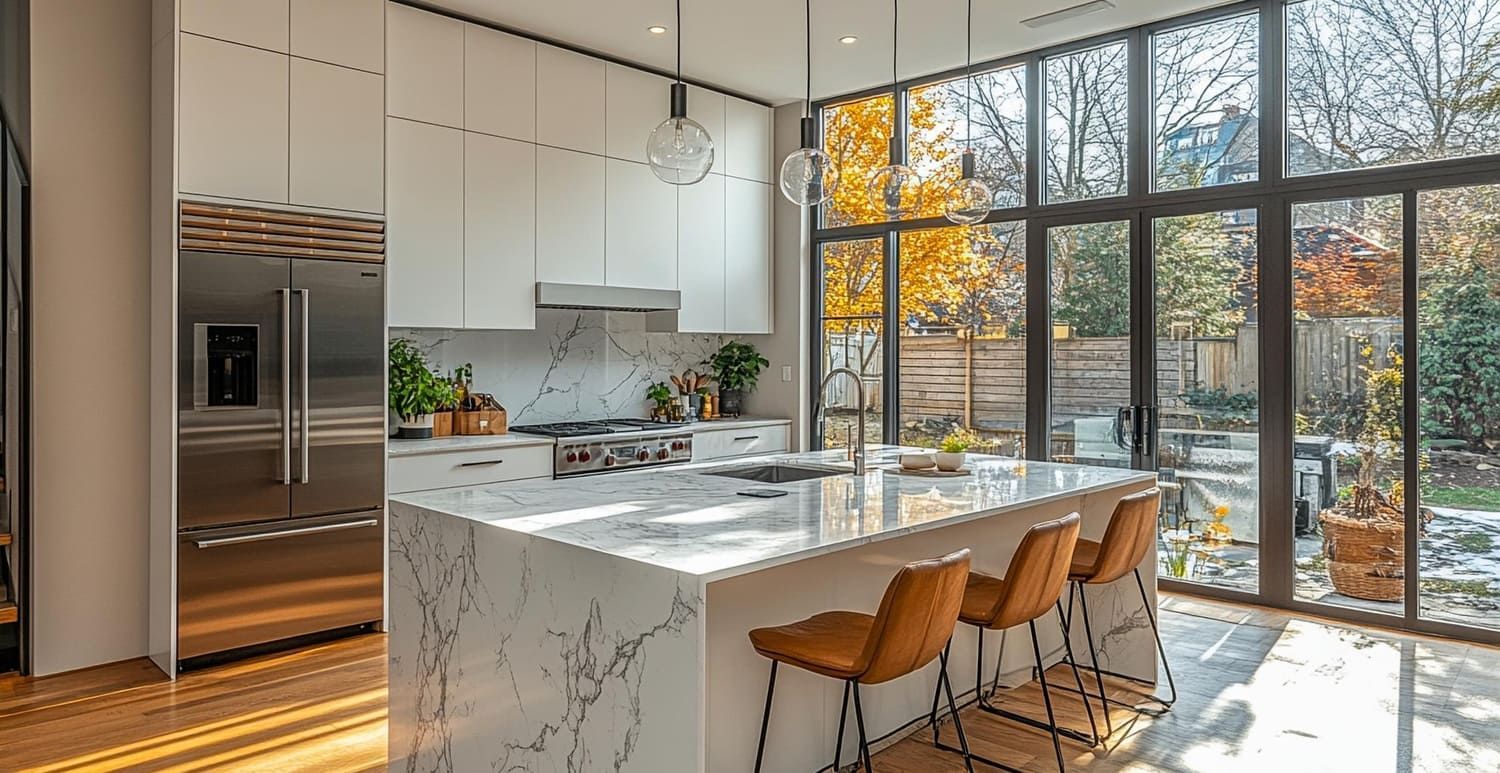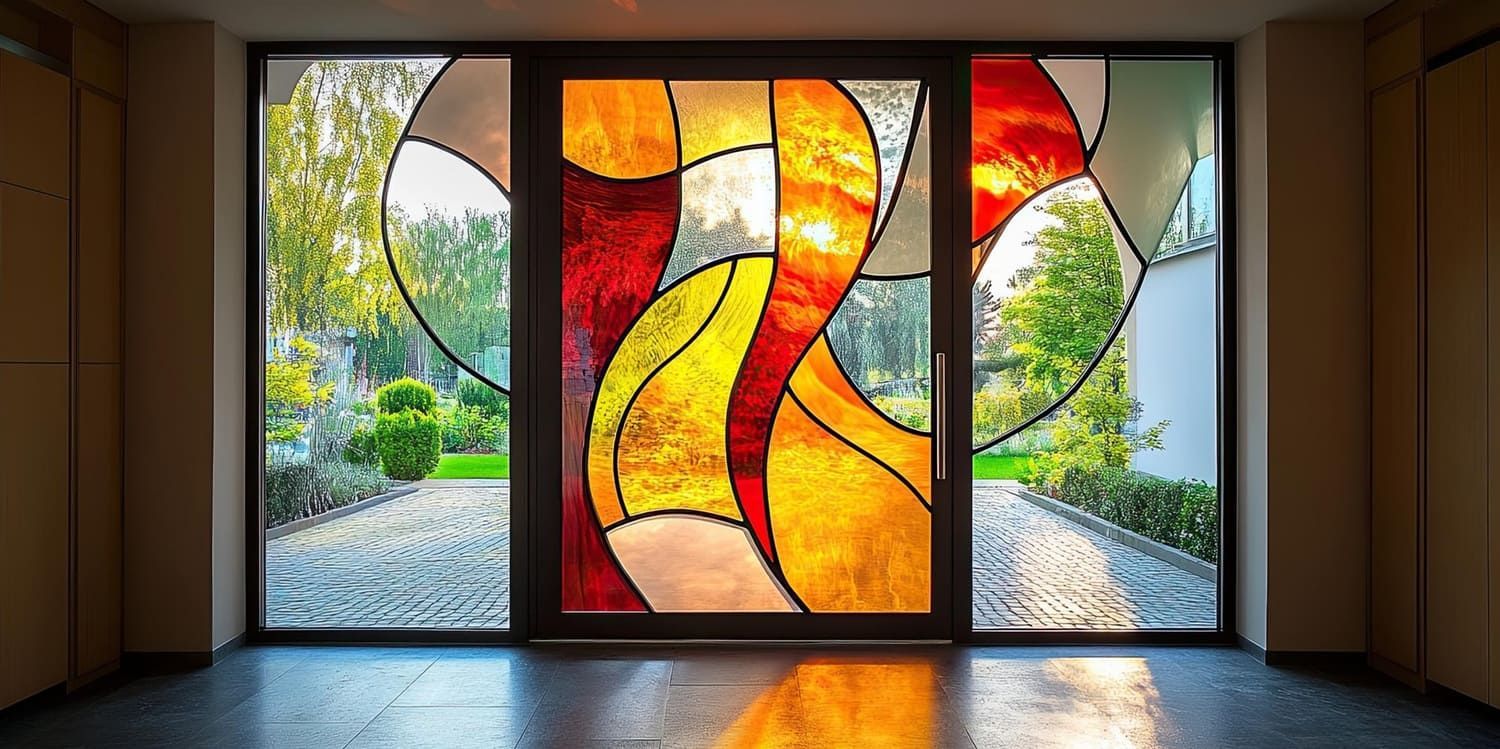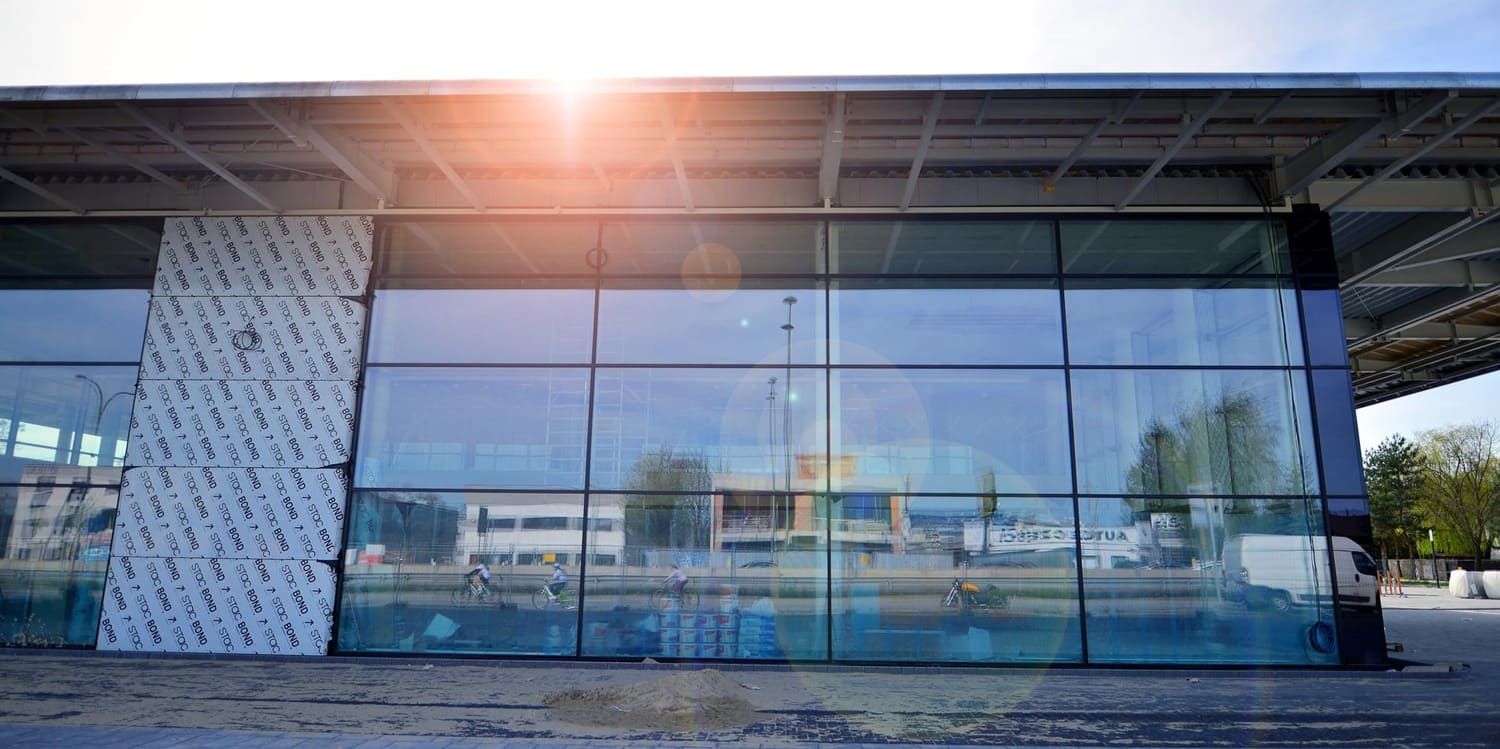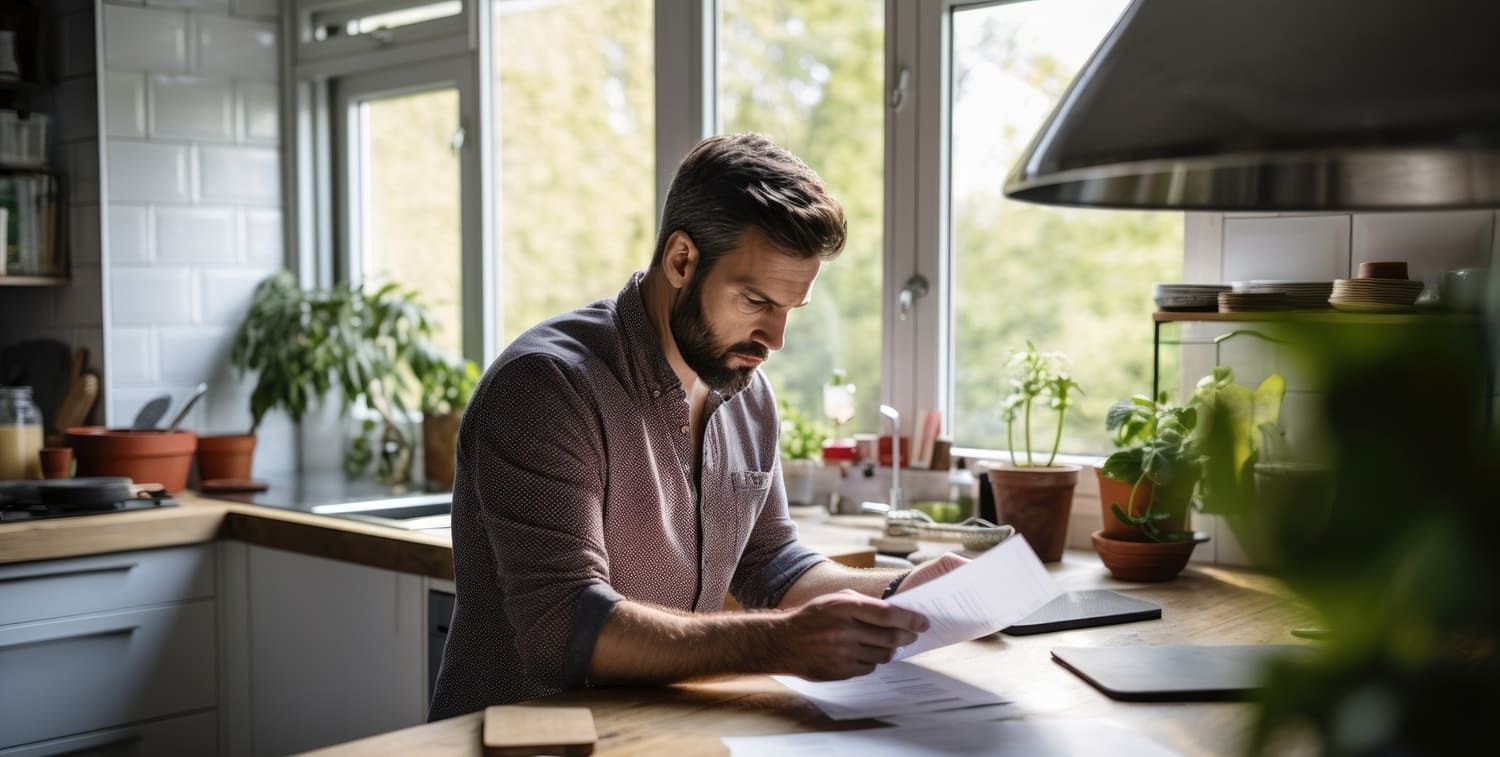THE BEST IN RESIDENTIAL AND COMMERCIAL WINDOW TINTING
Prevent Sun Damage on Fabrics and Interior Decor with Window Film
Are your rugs and furniture fading due to sunlight coming through the window? Prevent further sun damage with window film.
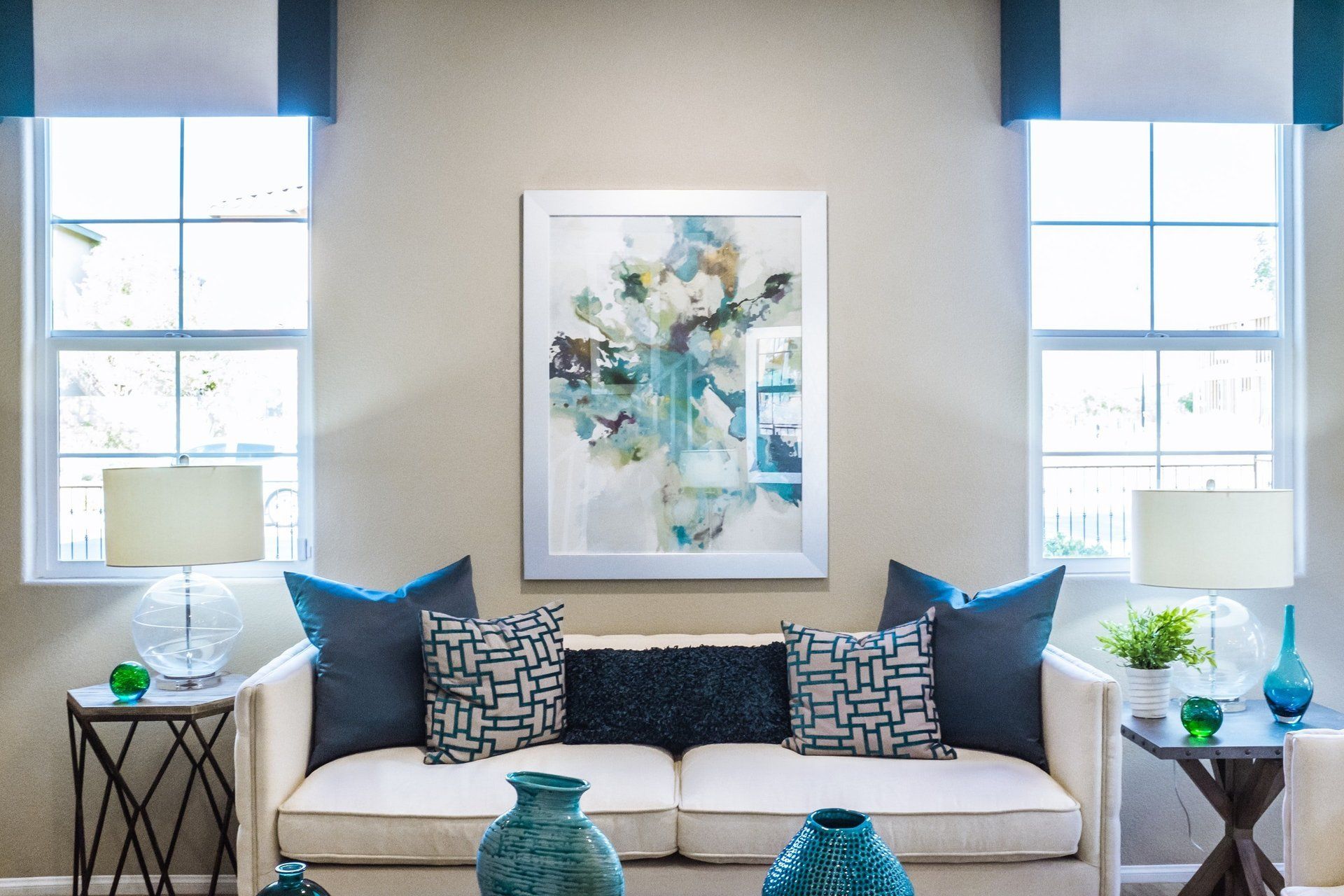
Up to 90% of visible changes to the human skin result from chronic exposure to the sun. Such sun damage occurs due to the sunlight's intense ultraviolet radiation (UV). That's why health experts always remind everyone to apply sunscreen whenever outdoors.
However, the harmful effects of UV aren't limited outside; you're still at risk of them indoors. For instance, you can still get exposed to the sun's UV rays if you work for hours near untreated windows. After all, bare windows don't filter all of the sun's ultraviolet radiation.
So, just imagine what can happen to fabrics and interior decor that get direct sun exposure. Leather, for instance, can break down in as little as four to six months if always exposed to sunlight.
The awesome news is that high-quality window films can block up to 99.9% of the sun's UV.
On that note, we created this guide detailing how these films provide such protection. Read on to discover the UV protective features of window tinting films.
How Exactly Does Sun Damage Occur?
In humans, sun damage occurs when UV light penetrates the skin at a cellular level. This intrusion alters the DNA from deep within, resulting in mutations. At the very least, it can cause sunburns, photoaging, wrinkles, and leathery skin.
In fabrics, ultraviolet radiation can cause damages by inducing chemical changes, too. For example, this electromagnetic radiation has enough energy to break down chemical bonds. When this happens, the sun-damaged material can become discolored.
Another way that UV can damage fabrics and furniture is by weakening the material itself. For instance, its energy is potent enough to dry out materials from inside to out. This can then result in degradation and disintegration.
What Does Sun Damage Look Like On Fabrics and Interior Décor?
The most common after-effect of UV exposure in fabrics and interior décor is fading. Indeed, researchers say that UV is the culprit behind up to 40% of fading in fabrics. It can also cause warping and deformation on materials like wood.
UV Effects on Window Covers
Long-term sun exposure has a bleaching effect on curtains and drapes. The sections of these textiles that get the most UV exposure will turn lighter in color.
Curtains and drapes with sun damage also often enable more sunlight to penetrate. This is usually noticeable whenever sunlight streams through the windows. You'll see that some areas of the fabric are thinner and thus, allow more intense light to pass through.
Leather Damage
In leather upholstery, sun damage can make the material lose its gloss and luster. It may also feel dry and stiff. That's because UV can strip away leather's oil, just like how it dries out human skin.
Over time, sun damage can make leather brittle and susceptible to cracks. The longer it gets exposed to the UV rays, the more faded it gets.
Weathering of Furniture
UV-induced discoloration and fading can also occur in harder materials like wood. This is most evident in the sections of flooring nearest the window. You may notice that the areas that get the most sunlight are lighter than the rest.
Ultraviolet radiation can also warp and deform wood and plastic. Moreover, it can boost the corrosion rate of metal objects.
Severe sun damage can also cause excessive dryness in wood materials. That's because UV light can alter or destroy wood's lignin component. Lignin is the substance that strengthens the cell walls of wooden materials.
Given enough time, the sun's heat and UV rays can disintegrate these cell walls. From here, the sun's drying effect on wood can make it more porous. If this happens, the wood will start to hollow out from the inside.
These damages do take a long time to occur, but they can still be a safety risk. This is especially true for wooden floors, as they can collapse under your weight.
Sun-damaged window frames can also start to lose their seal around glass panes. Over time, this loosening can make your windows rattle in even just the slightest wind. If the weather turns for the worst, all that movement can break the glass.
How High-Quality Window Films Reduce UV Damage
Office and home window tinting films can absorb, scatter, or reflect UV and visible light. When sunlight hits the film, its UV rays either get absorbed or bounced back to the environment. That's how these window treatments are able to reduce UV penetration.
By blocking as much as 99.9% of UV rays, top-notch films can protect you and your furnishings from sun damage. You can spend as much time as you want by your windows without worrying about your skin. At the same time, you can rest assured that your interior decor will last longer.
In addition, window films also help protect your eyes against sun damage. They also cut glare, which can be painful or even blinding.
What House Window Tinting Films Offer the Best UV and Heat Protection?
There are at least six types of window films, but ceramic ones offer some of the highest UV protection rates. For starters, they boast non-conductive ceramic particles. This means that they reject rather than absorb UV and heat.
In this way, ceramic films last longer than standard films and can withstand more UV rays and solar heat. Since they don't absorb heat, they won't put your glass panes at risk of breakage.
By contrast, lower-cost films, such as those comprised mostly of metal, conducts a lot of heat. This means that they can heat up your windows, causing the glass to expand and contract. Over time, this can result in glass damage.
Protect Yourself and Your Home from Sun Damage
As beneficial as natural light is, too much of it can be just as harmful. The good news is that window films can safeguard you and your home from sun damage without being too dark. This way, you can continue enjoying natural light, less its dangerous UV rays.
Would you like to know more about residential or commercial window films in Florida? If so, then please allow our team here at Film Systems of Florida to help! Get in touch with us now, and we'll be happy to answer any questions you have about solar film protection!

